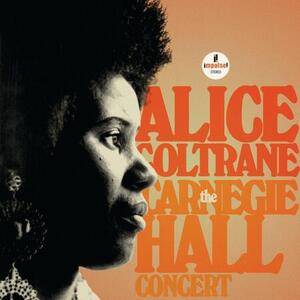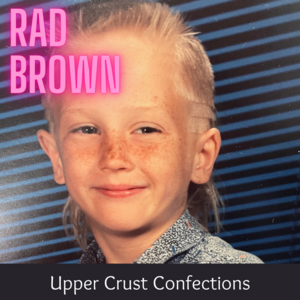Gustavo Aguilar
Looking for Aztlan
Acoustic Levitation
Jerome Cooper
In Concert From There to Here
Mutable
In his liner notes for In Concert From There to Here, percussionist Jerome Cooper writes, “I have traveled to Africa, Malaysia, India, Indonesia, Europe, and Mexico. In these cultures there are drummers who, once they get to a level in their art, can pursue a career as a soloist. This has not been the case in American music.” Cooper and Gustavo Aguilar seek to remedy this position through these two albums of extended percussive music.
The focus on both of the albums is composition. Both Cooper and Aguilar are well known improvisers. Here, they choose scores that allow plenty of loose interpretation. Aguilar chooses four compositions by John Bergamo (taken from Five Short Pieces for Marimba), along with ones from Phil Curtis, Jonathon Grasse, David Johnson, and Ernesto Diaz-Infante. The pieces range from short, meditative marimba pieces, to the fractured percussion/poetry hybrid of “Like a Zebra Towards the Island of Yesterday.”
Poetry is the theme that runs through the work; “Obra de la Tierra” uses the poem “El Resplandor de Ser” by Rosario Castallenos, while “Like A Zebra” incorporates “The Southern Cross” by Jose Juan Tablada into its structure. Aguilar is tapped into his roots, and presents Looking For Aztlan as a “journey metaphoric for the journey experienced by many Mexican-Americans.” He is a very capable player, and combines extended technique, with (what sounds like) traditional instrumental idioms.
Cooper, on the other hand, uses In Concert From Here to There to expand upon what we know as jazz. Cooper makes a strong case for expanding this most American of musics, however, his compostitions draw heavily traditional Indonesian music.
In Concert From There to Here takes its material from three concerts, two performed at The Roulette in NYC, and one from a show at The Knitting Factory. What is initially most disorienting about this CD is not the fact that it’s a solo percussion record, but that Cooper makes such extensive use of a drum machine. It quickly settles in that this isn’t going to be a flurry of chopsmanship, but a carefully considered bit of artifice. The metronomic beat of the drum machine prevents Cooper’s rhythms from becoming wild and fanciful, and keeps him well within the jazz idiom, even to the point of him playing “My Funny Valentine!” He tries his hand at the Mingus tune “Goodbye Pork Pie Hat,” and gives it an extended 11-minute interpretation. On both tunes, Cooper sounds like an entire jazz trio, through his use of drum machines, “tonal activator” chiramia (wind instrument of some sort), bass drum, hi-hat, and things percussive and melodic. His interpretation of “Goodbye Pork Pie Hat” doesn’t have the somber quality that Mingus’ version had, this has a stronger ethnic/folk character.
Of the two Indonesian influenced pieces, “Bantul” and “The Indonesian,” Cooper’s playing on “Bantul” sounds like an entire gamelan orchestra compressed into one percussionist. “The Indonesian” is a more conventionally structured jazz song, skewed in feel. The two other pieces are structured improvisations, and while very, very expressive and creative, don’t have the cultural reference points that make the two jazz tunes and two Indonesian-influenced pieces so riveting.
Both Looking For Aztlan and In Concert From There to Here give me a profound respect for solo percussionists. These two artists utilize the range of tonal color of percussion to diverse and challenging ends.
Acoustic Levitation, 2625 East 13th Street, 2K, Brooklyn, NY 11235-4422.; acousticlv@aol.com • Mutable Music, 109 West 27th St., Fourth Floor, New York, NY 10001; info@mutablemusic.com, http://www.mutablemusic.com












